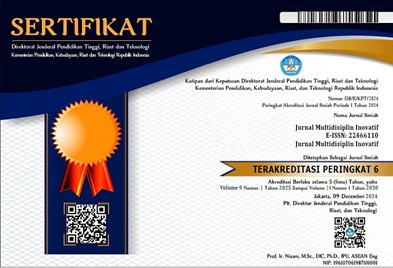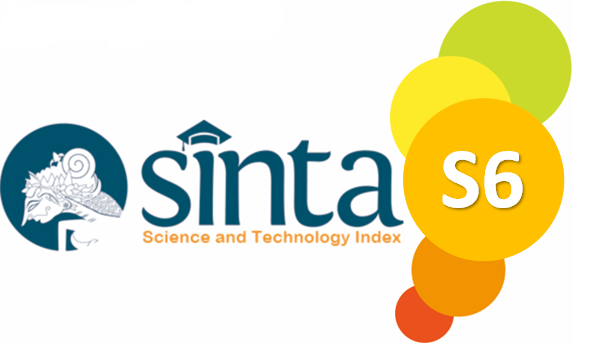STUDI DAN MITIGASI BENCANA TITIK EVAKUASI KERENTANAN GEMPA DI DESA KUBANG TANGAH SAWAHLUNTO
Kata Kunci:
Mitigasi Bencana, Gempa Bumi, Dasawisma, Masyarakat BerbasisAbstrak
Indonesia memiliki risiko gempa bumi tertinggi di dunia akibat posisinya di pertemuan tiga lempeng tektonik utama, dengan lebih dari 80% wilayah berpotensi mengalami gempa merusak. Desa Kubang Tangah, Kecamatan Sawahlunto, Kota Sawahlunto merupakan wilayah dengan tingkat kerentanan tinggi terhadap bencana gempa bumi namun masih memiliki kesenjangan antara potensi risiko dengan tingkat kesiapsiagaan masyarakat. Penelitian ini bertujuan mengidentifikasi lokasi titik evakuasi optimal dan merumuskan strategi mitigasi bencana yang sesuai dengan kondisi spesifik desa melalui pendekatan berbasis masyarakat. Penelitian dilaksanakan selama program KKN periode 15 Januari-15 Februari 2025 menggunakan metode survei lapangan, analisis Sistem Informasi Geografis (SIG) dengan Weighted Overlay Analysis, dan validasi melalui observasi langsung serta wawancara masyarakat. Fokus penelitian pada Jorong Koto Panjang dengan memanfaatkan struktur kelembagaan Tim Siaga Bencan. Hasil penelitian menunjukkan wilayah penelitian mencakup 93 penduduk dalam 20 rumah tangga dengan 21,5% kategori rentan tinggi (balita dan lansia) yang tersebar di berbagai zona kerentanan gempa. Terdapat integrasi tiga komponen mitigasi: modal sosial melalui struktur Tim Siaga Bencana, infrastruktur fisik berupa Posko Siaga Bencana dan area evakuasi sementara, serta sistem komunikasi darurat dengan kapasitas total 100 orang untuk situasi darurat. Model mitigasi yang dikembangkan menunjukkan inovasi pemanfaatan kelembagaan masyarakat yang diadaptasi dengan sistem tanggap darurat modern untuk menghadapi ancaman gempa bumi, dapat menjadi model replikasi untuk desa-desa serupa di wilayah rawan gempa Indonesia.
Indonesia has the highest risk of earthquakes in the world due to its location at the meeting point of three major tectonic plates, with more than 80% of its territory potentially experiencing destructive earthquakes. Kubang Tangah Village, Sawahlunto District, Sawahlunto City is an area with a high level of vulnerability to earthquakes, but there is still a gap between the potential risk and the level of community preparedness. This study aims to identify optimal evacuation points and formulate disaster mitigation strategies tailored to the village's specific conditions through a community-based approach. The research was conducted during the Community Service Program (KKN) from January 15 to February 15, 2025, using field surveys, Geographic Information System (GIS) analysis with Weighted Overlay Analysis, and validation through direct observation and community interviews. The study focused on Jorong Koto Panjang, leveraging the institutional structure of the Disaster Response Team. The results showed that the study area encompassed 93 residents across 20 households, with 21.5% classified as high-risk (infants and the elderly) spread across various earthquake vulnerability zones. There is an integration of three mitigation components: social capital through the Disaster Response Team structure, physical infrastructure in the form of a Disaster Response Post and temporary evacuation areas, and an emergency communication system with a total capacity of 100 people for emergency situations. The mitigation model developed demonstrates the innovative use of community institutions adapted to modern emergency response systems to address earthquake threats, and could serve as a replicable model for similar villages in earthquake-prone areas of Indonesia.





